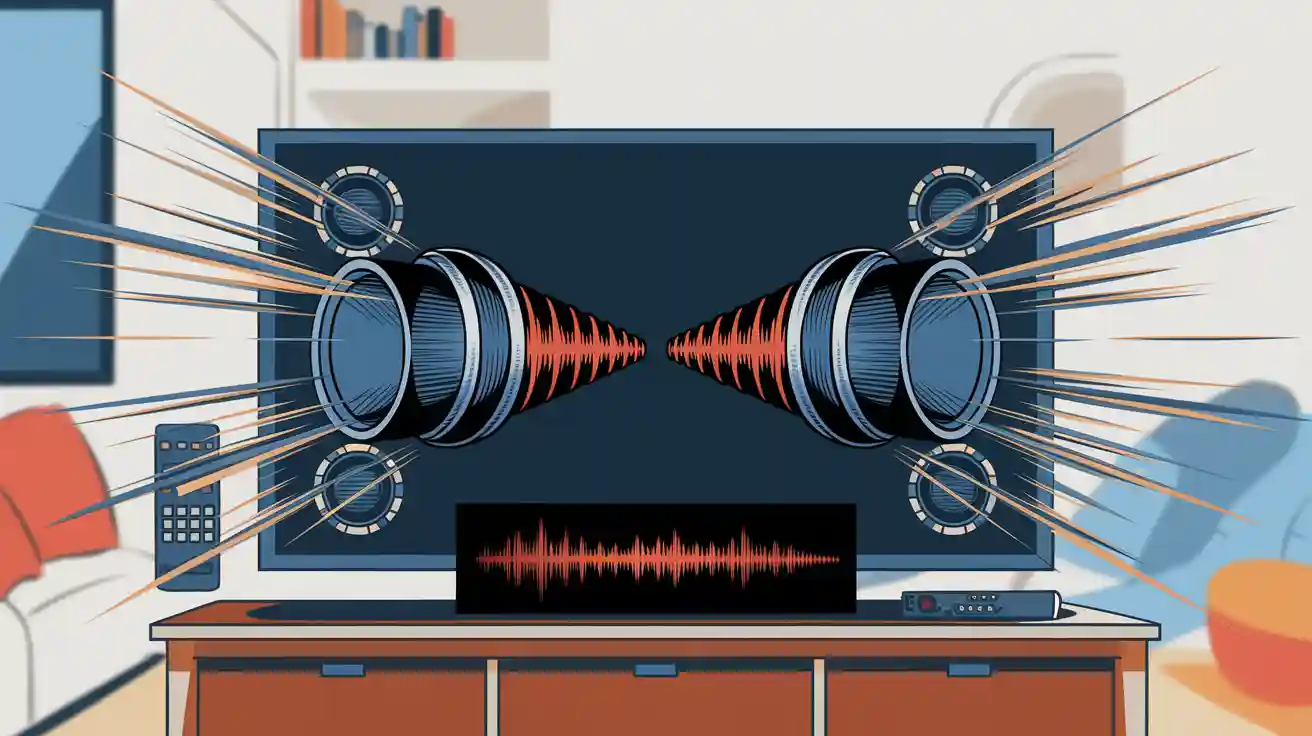Introduction
If you’ve ever wondered how sound travels through digital devices with such clarity, the answer often lies in a technology called PCM. The question “what is PCM” is more common than you might think, especially among those curious about audio engineering, telecommunications, or digital media. PCM, short for Pulse Code Modulation, is one of the oldest and most reliable methods of converting analog audio signals into digital form. This process forms the foundation for most of the digital sound systems we use today—from CDs and DVDs to modern streaming platforms.

What Is PCM and How Does It Work?
To understand what is PCM, imagine taking a continuous sound wave, like a person speaking, and breaking it into many small parts or samples. Each sample is then measured and assigned a numeric value that represents its amplitude at that specific moment in time. These numbers are stored or transmitted digitally, and when played back, they’re converted back into an analog signal that recreates the original sound. PCM essentially translates natural, continuous sound waves into a digital language that computers and digital devices can understand.
The process of PCM involves two main steps: sampling and quantization. Sampling captures small snapshots of the analog signal at regular intervals, usually measured in Hertz (samples per second). Common sampling rates include 44.1 kHz (used in CDs) and 48 kHz (used in professional audio and video). Quantization, on the other hand, involves assigning each sample a specific digital value. The precision of this value depends on the bit depth—for example, 16-bit or 24-bit audio. A higher bit depth allows for greater detail and a wider dynamic range.
The Importance of PCM in Digital Audio
When you ask, “what is PCM used for,” the answer is almost everywhere in digital audio. PCM is the standard format for storing raw, uncompressed audio data. It’s the basis for WAV and AIFF files, which are popular in professional audio production because they maintain sound quality without compression artifacts. Even many compressed formats like MP3 or AAC start as PCM before being encoded.
In telecommunications, PCM plays an equally vital role. Phone systems and digital communication networks use PCM to convert analog voice signals into digital data that can travel efficiently across networks. The clarity and stability of PCM make it especially valuable for transmitting voice and music without noticeable distortion or loss.
Advantages of PCM
One of the main reasons PCM remains relevant after decades is its accuracy. Since PCM directly represents the amplitude of an analog waveform in digital form, it offers a clean and faithful reproduction of sound. The lack of compression means no data is lost, which is crucial for professional audio recording, mixing, and mastering. Another advantage is compatibility. PCM has become a universal standard, supported by nearly every digital audio system and device. This makes it easy to transfer audio between platforms without worrying about format issues.
Disadvantages of PCM
Despite its strengths, PCM isn’t perfect. The main drawback is file size. Because PCM stores data without compression, it requires a significant amount of storage space. A single minute of stereo audio at CD quality (44.1 kHz, 16-bit) takes about 10 MB. For large projects or streaming, this can be impractical, which is why compressed formats are often preferred for consumer use. Additionally, PCM relies heavily on the sampling rate and bit depth chosen. If these are too low, the resulting audio can suffer from distortion or a lack of detail.
Applications of PCM in Everyday Life
PCM technology is everywhere, often working behind the scenes. When you play a song on a CD, watch a movie, or use digital voice assistants, PCM is part of the process. It’s also used in broadcasting, audio editing software, and even in medical equipment like ultrasound systems that rely on accurate sound wave representation. For industries that demand precise and reliable sound reproduction, PCM remains the gold standard.
Conclusion
Understanding what is PCM helps you appreciate the foundation of digital sound as we know it. Pulse Code Modulation bridges the gap between analog and digital worlds, allowing us to experience clear, consistent, and high-quality audio across countless devices. Though newer technologies and compression methods have emerged, PCM continues to hold its place as the most fundamental and trusted form of digital audio conversion. Whether you’re a sound engineer, a student, or simply someone curious about how digital sound works, knowing what is PCM gives you valuable insight into one of the core building blocks of modern audio technology.
Follow Us On Twitter For More Information:


